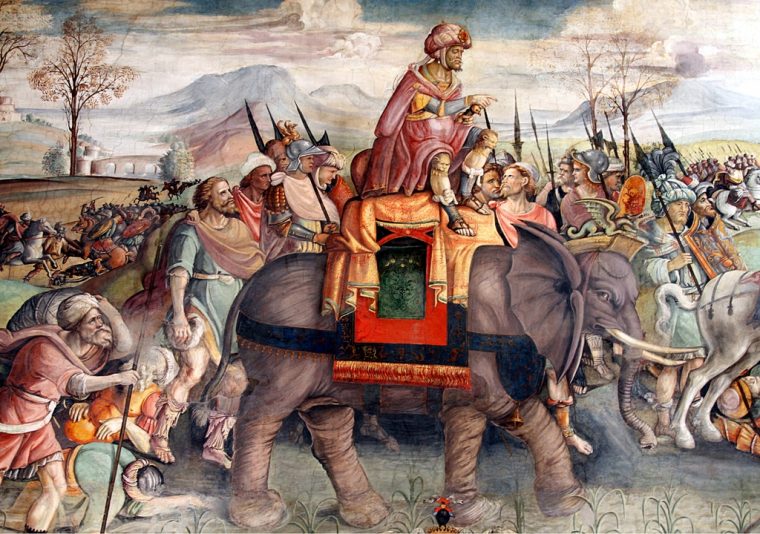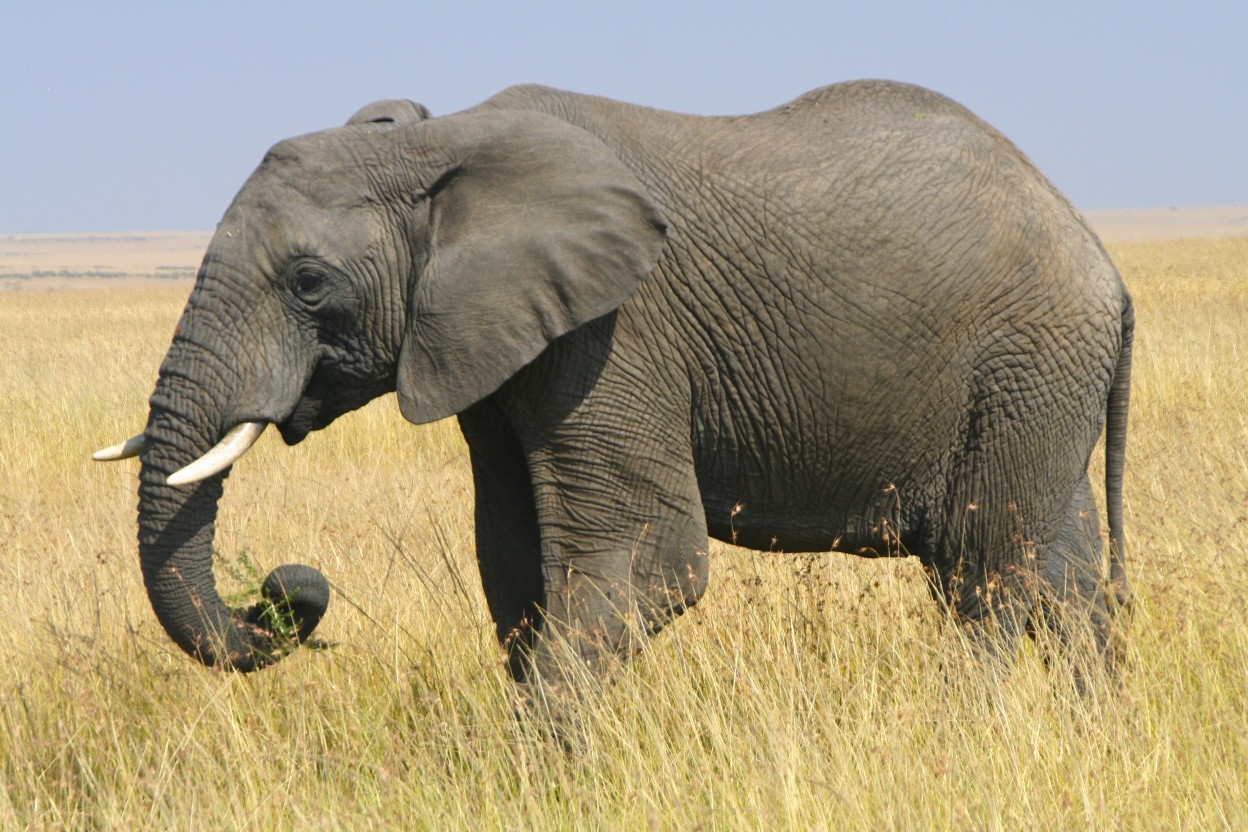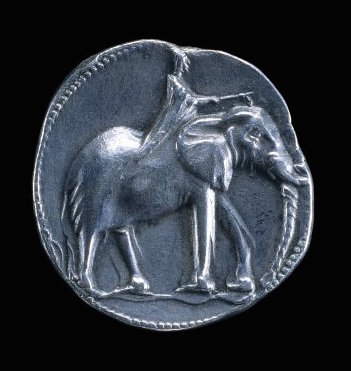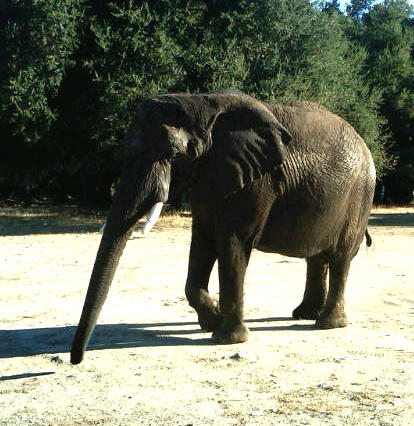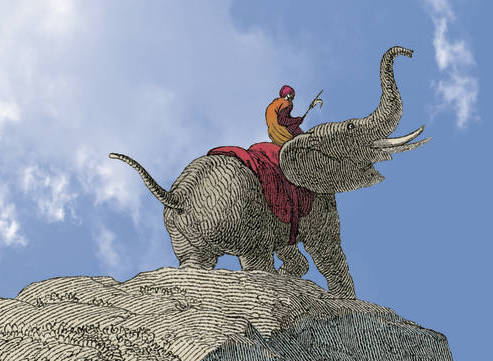 Image Courtesy of Jean-Pascal Jospin, Laura Dalaine Hannibal et les Alpes: une traversee in mythe, 2011
Image Courtesy of Jean-Pascal Jospin, Laura Dalaine Hannibal et les Alpes: une traversee in mythe, 2011
By Patrick Hunt –
Anyone with some imagination about Hannibal often thinks first of his intrepid army march over the Alps with elephants. I’m often asked more about the elephants than the multicultural army he led, but the fact that elephants are so exotic in this context makes the ancient story interesting for millennia, as the Roman poet Juvenal satirizes. Perhaps the best source on this and related Hannibal events is Polybius’ History, Book III, where the Greek historian describes these war elephants and their 218 BCE journey, including crossing the Rhone River and their unlikely, arduous but not impossible trek over an early winter mountain pass and down into Italy in Hannibal’s invasion.
Hannibal in the Alps (image public domain)
For starters, Polybius describes (III.46.11-12 below) elephants crossing the Rhone River on rafts and some jumped off; where the water level was over their heads, the elephants put their trunks above water in what can only be best depicted to the modern imagination as snorkeling as they breathed through their trunks:
“…but some [elephants] were so frightened that they threw themselves into the river when half-way across. The mahouts of these were all drowned, but the elephants were saved, for owing to the power and length of their trunks they kept them above the water and breathed through them, at the same time spouting out any water that got into their mouths and so held out, most of them passing through the water on their feet.”
Jacopo Ripanda, Hannibal, ca. 1510, Sala dei Conservatori, Museo Capitolino, Rome (image in public domain)
Note for what we translate as “mahout”, Polybius used the Greek word Indois, which offers a strong clue about some likely Asian elephant origin at least for the tradition of animal handlers.
Others have long asked what kind of elephants Hannibal brought on his invasion. The answer is often thought difficult and with ambiguous answers, but the reality is that he must have taken both the smaller Asian (Elephas maximus) and the larger African (Loxodendron africanus) elephants, whether savannah or bush of the latter is unknown, but he may have also had the now extinct Atlas Mountain variety of North Africa.
Asian and African elephants, top to bottom
The evidence follows several pathways. First we know Hannibal had a favorite elephant named Suros that he rode through the Arno Marshes, possibly the only elephant that survived the winter of 218-7. Suros must have meant “Syrian” in Greek, and these were Asian elephants from India descended from those brought back by Alexander the Great’s Seleucid successors after 300 BCE and raised in Syria, hence the name. But a Barcid dynasty silver tetradrachma coin survives that was presumably minted from Iberian silver by Hannibal’s father Hamilcar Barca in Cartagena (Qart Hadasht) circa 237-27 BCE; deriving from the Mogente Hoard and now in the British Museum, its verso side showing a presumable Barcid bearded male holding Melqart’s club so most likely Hamilcar since Melqart is in his theophoric name. More germane here, the coin’s recto side shows a man riding an elephant that can only be African with saddleback or concave dip and very large ears as well as gradually sloped forehead, unlike the Asian with its pronounced cerebral bump, smaller ears and convex rounded back. Furthermore, while the Asian female has no tusks and could basically only charge and trample, only African females had tusks like the males of both species and could therefore gore as well as charge and trample. This was a distinct African elephant advantage along with greater size (African males often up to 12-13 ft. high, Asian males up to 9-10 ft high; females of both smaller than the males.
Mogente Hoard, Punic silver tetradrachma, ca 237-27 BCE, British Museum (courtesy of British Museum Trustees)
When historians rant that African elephants could not be domesticated because they were too wild, the Barcid coin disproves this. Plus, personal experience as the Hannibal “expert” in 2010 for a Hollywood adventure documentary with a 25 year-old African female elephant named Suzy (or Susie) – also an African elephant – proves easy domestication: Suzy could comprehend scores of words and commands and had to be heavily coaxed to charge or mow down and trample human-looking dummies – she did it only at a walking pace seeing them as obstacles – and basically refused to crush a dummy head because she was trained to work compatibly with humans. I came away convinced she was smarter than most of us on the set. Note her photo from the production here.
Suzy in a Los Angeles-area canyon on the film set, 2010 (courtesy of Spike TV)
For the Alps crossing, while many have doubted elephants can climb cliffy rocky passages, Vicki Constantine Croke’s recent book The Elephant Company (Random House, 2014) describes Asian elephants in the Burma Campaign of WWII where Billy Williams rescued elephants, having at least 52 of them climbing an extremely narrow cliff pathway with steps cut into the sheer rock with one stretch of “elephant stairs” with at least 400 yards cut into the cliff face. All it took was Bandoola, one female elephant, to tentatively lead the way.[1] A 1959 Alps precedent was John Hoyte’s and Richard Jolly’s British (Cambridge) Elephant Alpine Expedition, funded by Life Magazine and underwritten by Lloyd’s of London. Their seemingly eager- to-hike pachyderm was a young Torino Zoo elephant named Jumbo; she had little difficulty climbing the lower half of the Col du Clapier from La Planay around 4000 ft much of it adjacent to the steep Ruisseau d’Ambin and Ruisseau de Savine streambeds to the top of the Col du Petit Mont Cenis around 7000 feet even through the steepest ascent up the La Crosta footpath in the La Fess du haut forest over the rocks to treeline [2] (see IGM Institut Geographique National French Map). [3] This alpine path gradient exceeds 20% in many places (1650 m to 2200 m) in less than 1.5 km and so narrow that parts of it are only up to 4 feet wide in the rocks, as I know from many years hiking this trail over the last few decades since 2004.
Some of this pertinent elephant lore I included in my biography on Hannibal (Simon and Schuster, July, 2017, esp. 28-9, 60-72)[4], and several additional places where I’ve discussed elephants include the Encyclopedia of Environmental Issues in an article “Elephants, African” [5] as well as two essays on elephants for Monocle (Monocle Alpino “Jumbo Journey” 18/20, winter 2010, and most recently this winter of 2017-18 “Hannibal Elephantasia” forthcoming).[6] All in all, Hannibal elephants must have looked formidably strange to enemies, but as I suggest in my Hannibal book, to the local Celts around the Alps these exotic elephants were so unexpectedly different and scary that they avoided them in ambushes as Polybius notes, plus their horses were frightened of them due to size and unfamiliar smell. Perhaps they looked to these mountain people like giant gray boulders slowly rolling across the landscape of Gaul even into the rising mountains.
Notes:
[1] Vicki Constantine Croke. Elephant Company, Random House, 2014, ch. 26, ‘The Elephant Stairway”, 269-75.
[2] John Hoyte. Trunk Road for Hannibal: With an Elephant Over the Alps. London: Geoffroy Bles, 1960.
[3] IGM Carte de Randonee VAL CENIS-Charbonnel 3634 OT 1:25,000.
[4] Patrick Hunt. Hannibal, Simon and Schuster, 2017, 28-9, 60-72.
[5] Patrick Hunt. “Elephants, African” in Encyclopedia of Environmental Issues, Salem Press, 2011, 431-33.
[6] Patrick Hunt. “Jumbo Journey” Monocle (Alpino) 02 Winter 2010-11, 20.

